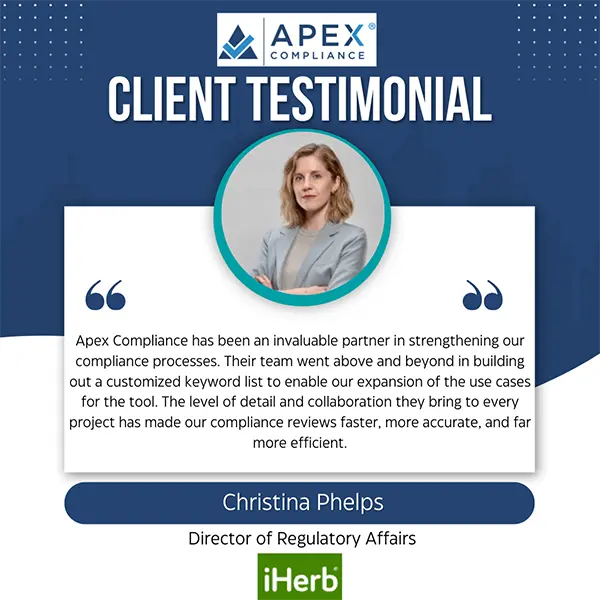
Product Reviews Are Marketing Claims
Kratom 7-OH products are highly scrutinized
This is one of the only occurrences I’ve seen where “third-party” website product reviews were cited in a warning letter. There are, however, a few caveats and key takeaways. Let’s review in more detail.
This was part of a group of five warning letters recently sent to companies selling 7-hydroxymitragynine (7-OH) kratom products. FDA is not a fan of these kratom products, especially those containing the highly purified 7-OH. This elevated the level of scrutiny, in my opinion.
This warning letter primarily cited customer website reviews containing disease claims. When I looked at the website (and the Wayback Machine site), I expected to see showcased testimonials in a banner or image, and I was wrong. The reviews appeared in a format similar to many website product review widgets, lacking engagement and showcasing. Check it out.
Sure, product reviews have been cited in many letters, but these were curated, showcased, or engaged with. If product reviews are displayed on a website, agencies typically take a “hands-off” approach if they meet the following criteria:
- Third-party: They come from independent sources.
- Honest: Reflect genuine user experiences. (Example: The FTC’s case involving Google and iHeartRadio.)
- Not solicited: Avoid exchanges like “free product for a positive review.”
- Do not selectively highlight only positive feedback. Even gathering reviews on a dedicated “Reviews” page may be viewed as curation.
- Uncompensated: No payments or free products unless clearly disclosed.
- Not showcased: Avoid featuring reviews in banners, ads, or social media images.
- No engagement: Don’t respond to or amplify reviews on your site or social platforms. Engaging turns reviews into marketing, which changes the compliance landscape.
- No suppression of negatives: Don’t hide unfavorable reviews. The FTC has issued major fines for this practice, like the $4.2 million case against Fashion Nova.
There were other claims cited in the letter from the website and social, but they were not high-risk.
From warning letter: “On your Instagram social media account. “Hydroxie strips are ultra-concentrated – powerful by design . . . they’re a simple way to empower your calm, focus, and clarity.””
I don’t think that if this weren’t a 7-OH product, these items and the “third-party” product reviews would have been mentioned. What are your thoughts?
Also, AHPA has some new kratom labeling guidance that is helpful.

